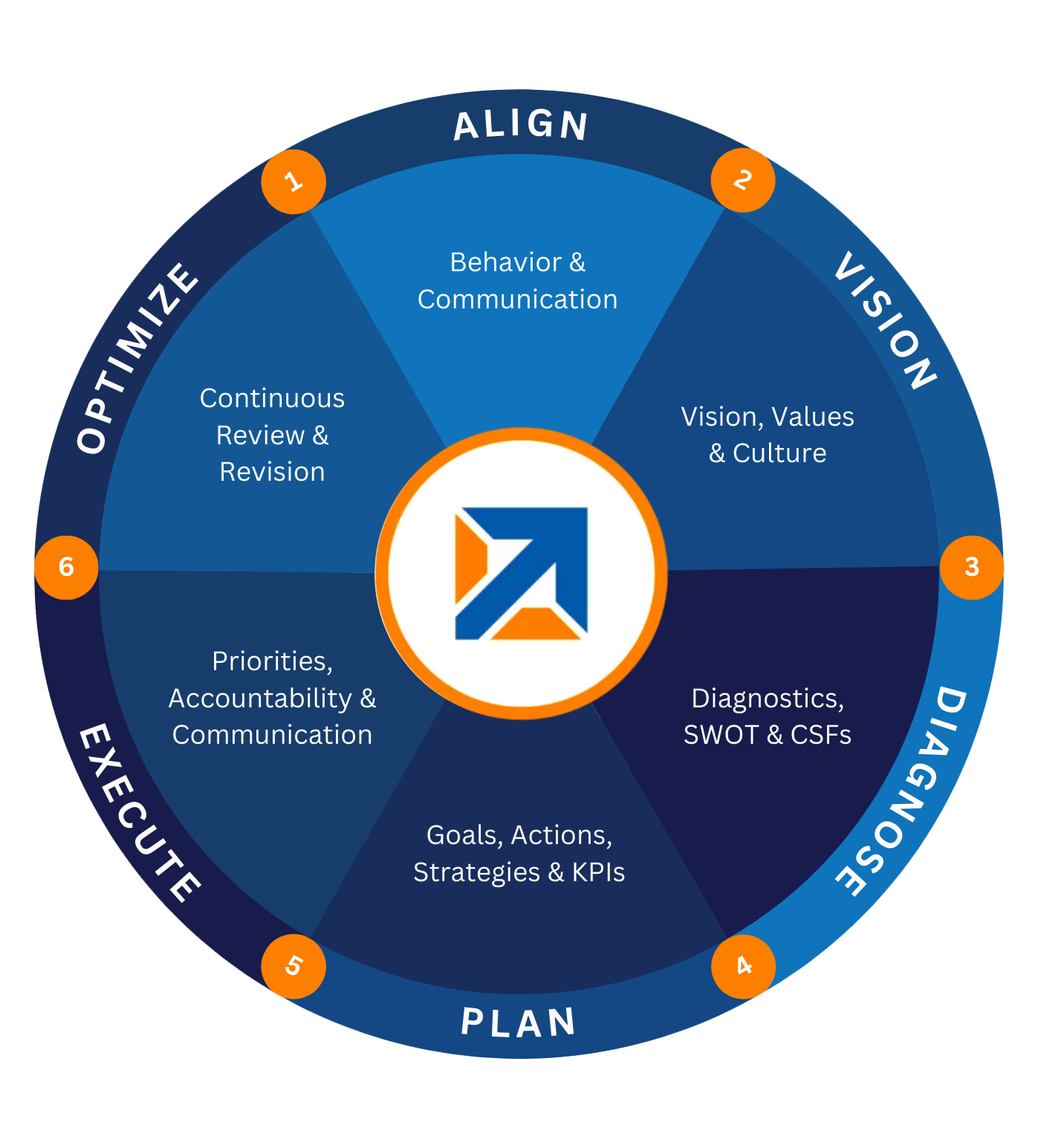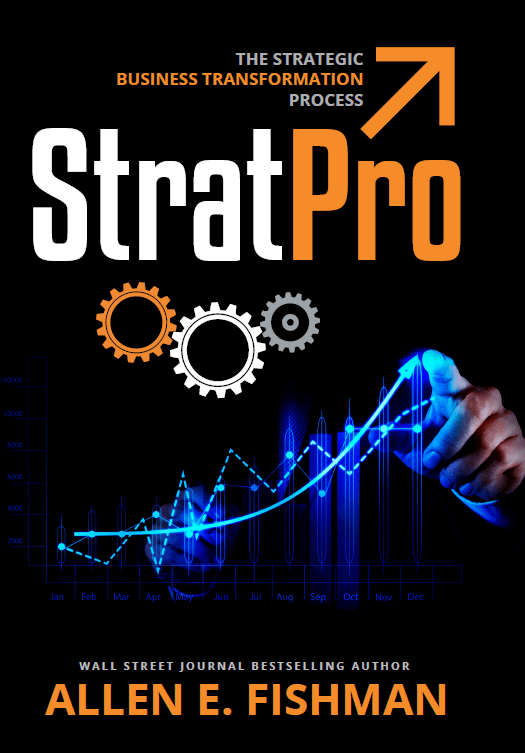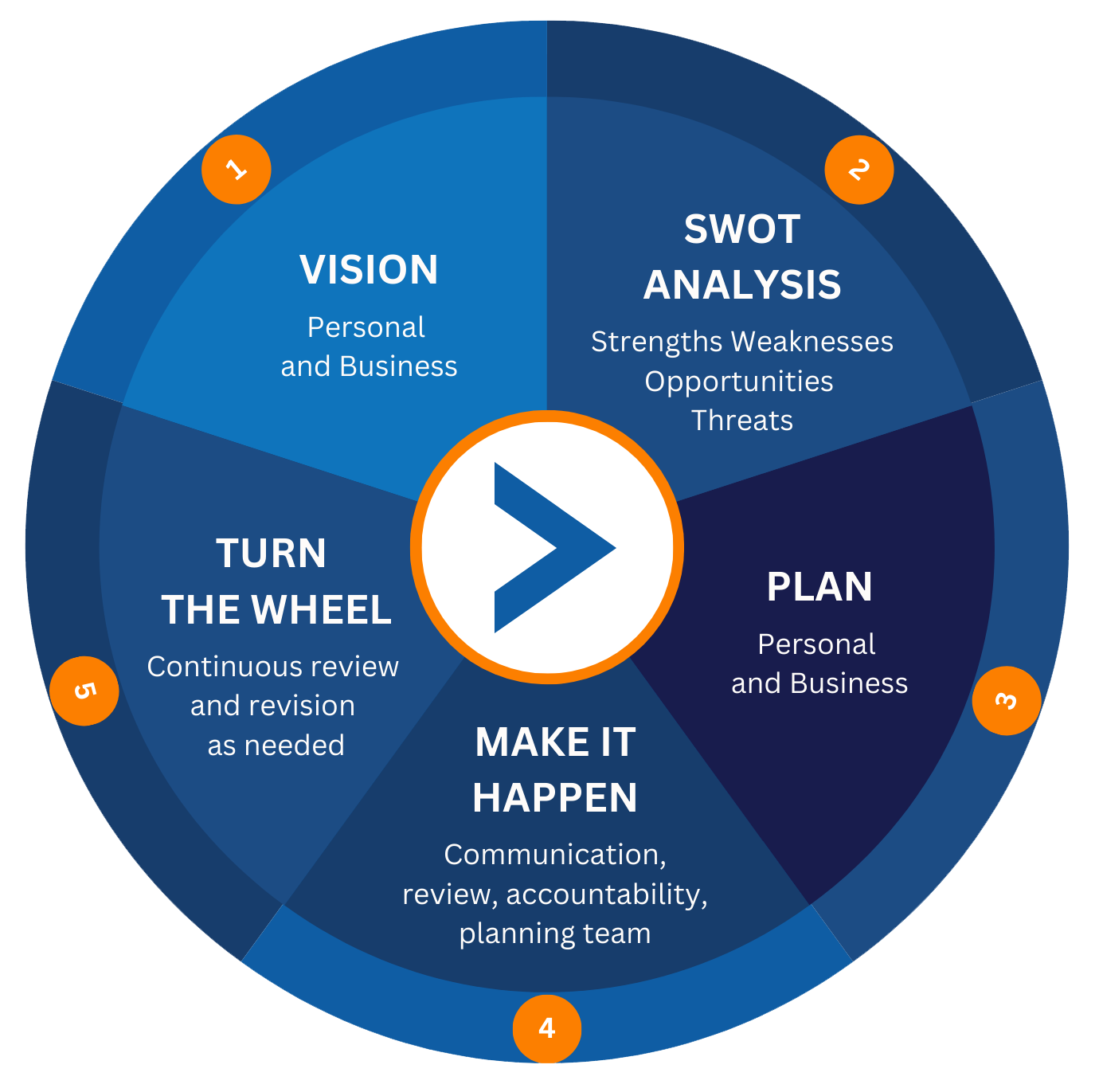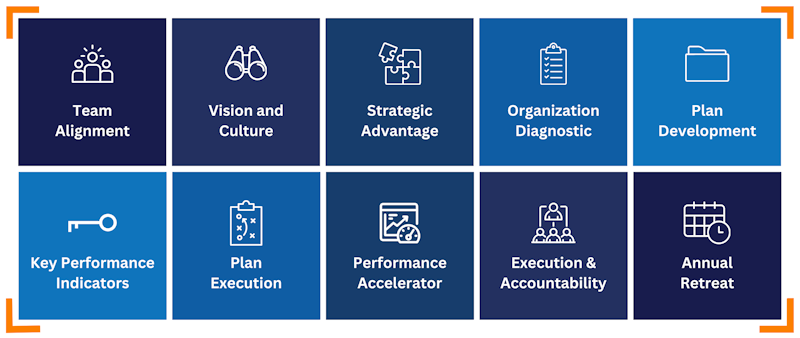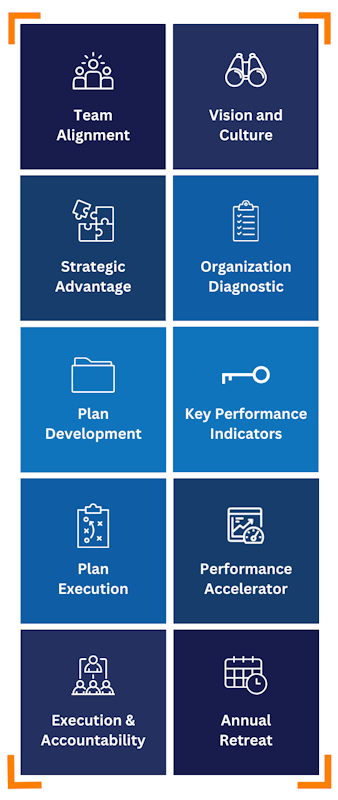What are the best exit strategies for small business owners?
Selecting the right exit strategy depends on your personal goals, business circumstances, and financial objectives. The Alternative Board (TAB) suggests these proven strategies:
Selling to a Third Party: Maximizing financial return through strategic sale.
Family Succession: Passing the business to family members, preserving legacy.
Management Buyout (MBO): Selling to your trusted management team.
Employee Stock Ownership Plan (ESOP): Transitioning ownership to employees while incentivizing performance.
TAB provides personalized coaching and strategic planning support to help you evaluate these options, determine the best fit, and prepare effectively for a successful business exit. Through programs like StratPro, TAB helps leadership teams align around long-term goals and build the internal strength needed for a smooth and profitable transition. As Jason Zickerman, the CEO of TAB, says, “A well-planned exit is the final act of leadership. It is really the bow that ties your entire business ownership journey together.”
How do I get better at executing strategic initiatives in my company?
Improving execution of strategic initiatives starts with clear alignment, defined accountability, and consistent follow-through. The Alternative Board’s StratPro program is specifically designed to help business leaders and their teams effectively plan and execute strategic initiatives. With StratPro, you’ll gain structured support, practical tools, and clear accountability frameworks that ensure initiatives move forward efficiently. By aligning your team around clearly defined priorities and measurable objectives, StratPro empowers your business to achieve meaningful and sustainable results.
What steps should I take to prepare my business for sale?
Preparing your business for sale involves careful planning and strategy. The Alternative Board (TAB) recommends these essential steps:
- Clarify your goals: Define what a successful sale looks like for you.
- Improve financial clarity: Ensure accurate financial records and strong profitability.
- Enhance business value: Identify and strengthen key business drivers.
- Document processes clearly: Show buyers your business can run smoothly without you.
- Seek expert guidance: Work with experienced business coaches or advisory groups to position your business attractively.
TAB provides tailored coaching and advisory support to help you confidently prepare your business for a successful sale.
TAB Argentina
TAB Australia
TAB Austria
TAB Canada
![Chile Chile]() TAB Chile
TAB ChileTAB Czech Republic
TAB England
TAB France
TAB Germany
TAB India
TAB Ireland
TAB Israel
TAB Lichtenstein
TAB Mexico
TAB Moldova
![Netherlands Netherlands]() TAB Netherlands
TAB NetherlandsTAB New Zealand
TAB Paraguay
TAB Portugal
TAB Romania
TAB Scotland
TAB Slovakia
TAB South Africa
TAB Spain
TAB Switzerland
TAB United States
TAB Wales




